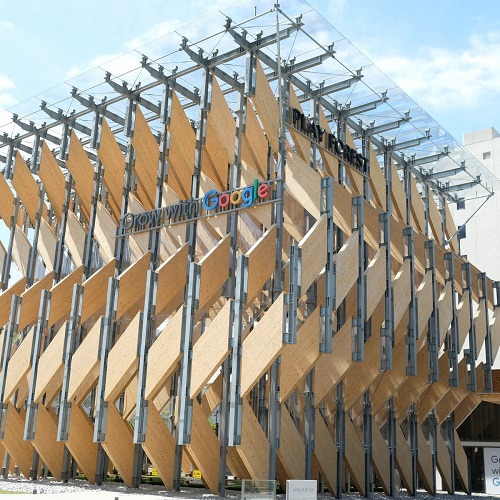 Saturday, May 4, 2024
Saturday, May 4, 2024  Saturday, May 4, 2024
Saturday, May 4, 2024 
In 2020, the extraction, transport and manufacturing of materials for the building sector accounted for 10 per cent of global greenhouse gas emissions. If buildings are to make meaningful contributions to keeping global temperature rise to 1.5 C above pre-industrial levels, limiting emissions from building materials is crucial.
To achieve this objective, engineered versions of age-old building technologies, like wood, straw or bamboo, are critical. These bio-based building materials generally demand less energy in manufacturing and have the ability to capture and store carbon through photosynthesis.
This is why experts in green building policy, climate science and architecture increasingly tout the benefits of transforming buildings from a giant source of carbon into a large carbon sink.
As scholars of business sustainability and bio-products markets, we closely observe the trends in green building and construction industries, and the reactions these provoke in sectors of the economy looking to cut emissions. With corporate announcements on the rise that publicize natural materials like wood as “the new concrete” in company offices and warehouses, we believe it’s time to take a closer look at the opportunities and limitations of making building materials part of a company’s net-zero carbon pledges.
The past two decades have seen the use of green buildings as an explicit tool to reduce the carbon footprint of companies. It is now commonplace for business offices to feature the latest in engineering and building operations, from energy efficiency and on-site heating and cooling, to waste reduction and recycling.
Bloomberg’s European headquarters, for instance, has earned the title of the world’s most sustainable office building for combining all these measures. From a company perspective, going beyond operational efficiency, to also focus on building materials, is a logical step.
Keep reading on TheCoversation.com